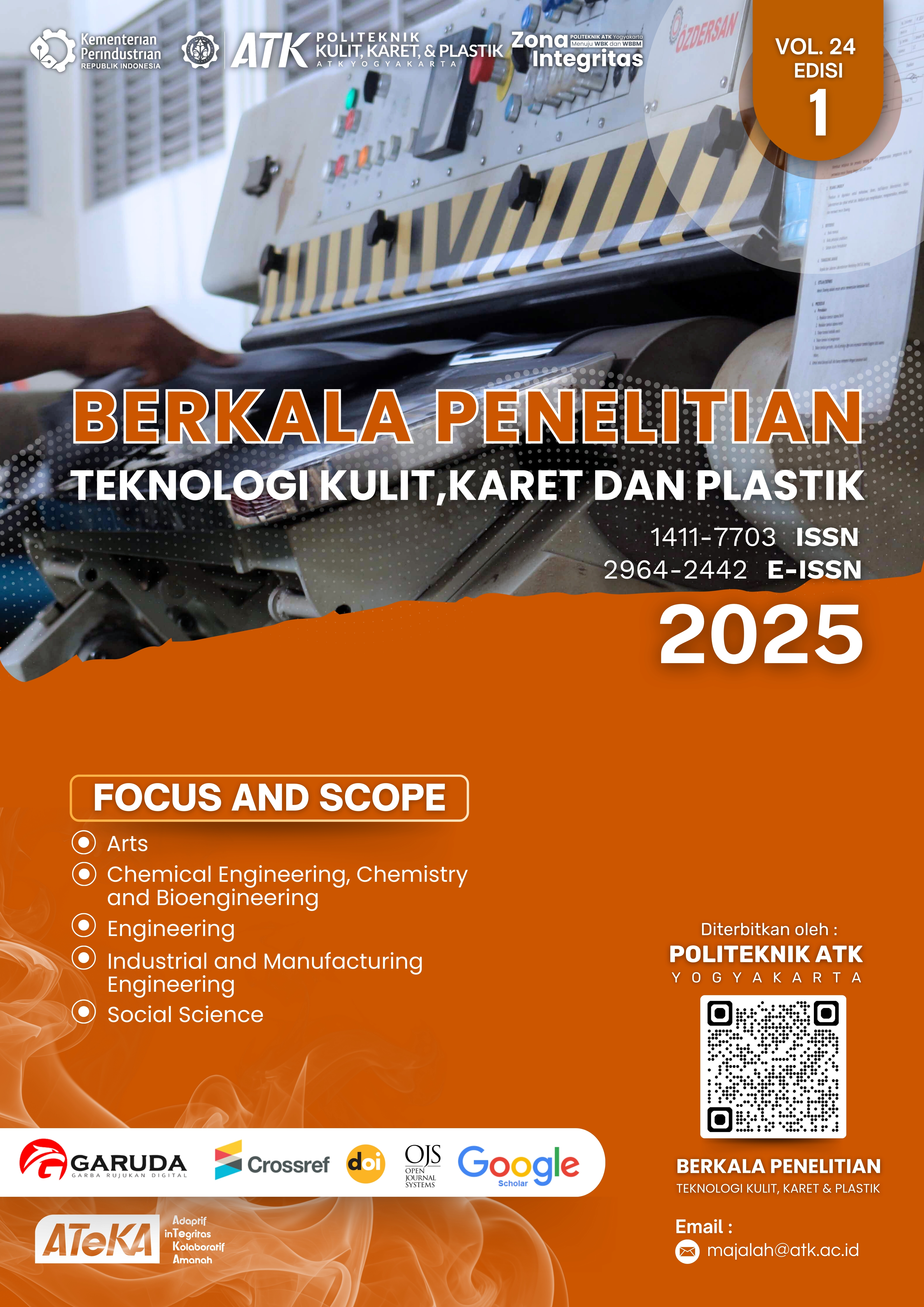APPLICATION OF HAZARD IDENTIFICATION, RISK ASSESSMENT, AND RISK CONTROL (HIRARC) METHOD FOR RISK MANAGEMENT IN BEAM HOUSE OPERATION PRACTICUM
DOI:
https://doi.org/10.58533/b45b6q69Keywords:
Laboratory, HIRARC, Risk Control, Beam House Operation, OHSAbstract
Educational laboratory is a place of learning for students through observation, experimentation and practicum. Practicum activities often face the risk of danger that threatens the safety and health of students. One of the practicums with many potential hazards is the beam house operation (BHO) which is the initial stage of the leather tanning process. As an effort to identify hazards, assess risks, and control risks in the beam house operation practicum, an analysis of the Hazard Identification, Risk Assessment and Risk Control (HIRARC) was carried out. The research method is descriptive with qualitative analysis through observation and surveys of respondents from lecturers, educational laboratory administrators and students. The data obtained were then analyzed using the HIRARC method. The object of the research is the activities or processes in the beam house operation practicum for salted sheepskin. The results of the risk analysis in the BHO practicum contained 12 types of risks consisting of 6 types of low risk (50%), 4 types of moderate risk (33.33%), and 2 types of high risk (16.67%). Risk controls that can be applied to the BHO practicum include engineering control, administration, and personal protective equipment (PPE).








